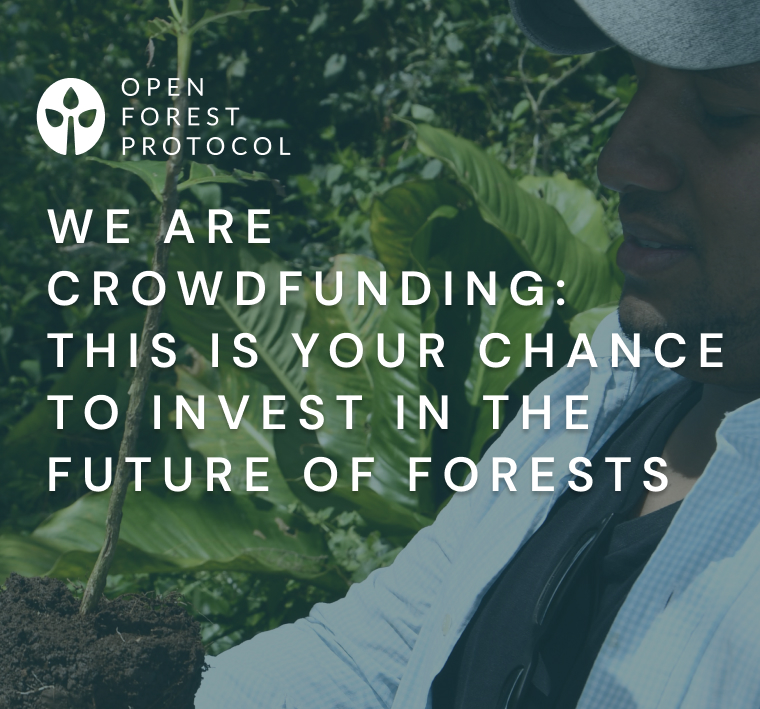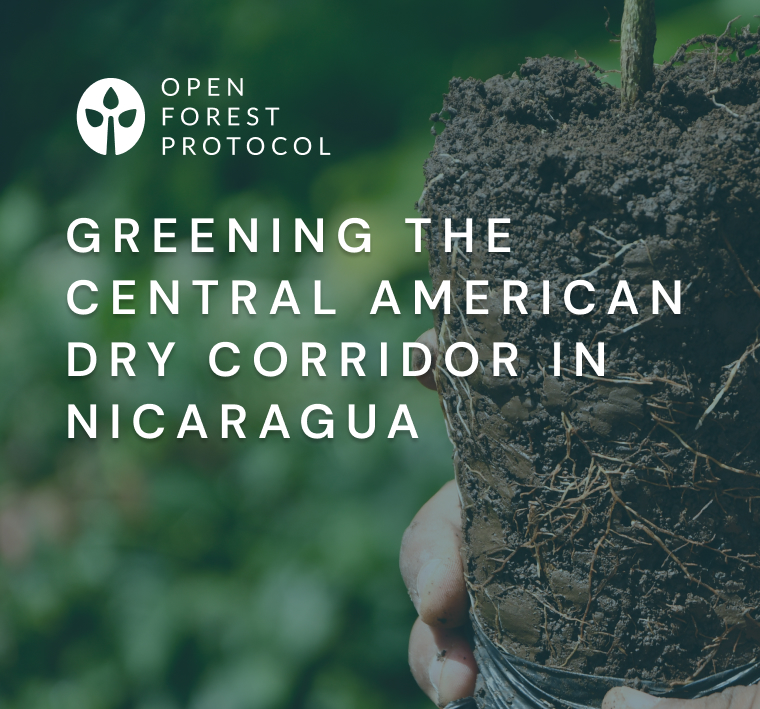Monitoring, Reporting, and Verification
A cornerstone of collaborative action
Restoring nature with forests will require a mobilization of green capital at an unprecedented scale. Today, the world’s largest reforestation project covers roughly 70,000 hectares. The 1T campaign, an initiative to plant a trillion trees by the end of the decade, hopes to reforest 900 million hectares. The entire project will cost at least $300 billion. Sure, it will be nice to have more trees around no matter what, but governments want to make sure that this money is going towards its originally intended purpose of mitigating climate change. Therefore, it is vitally important that the global forestation effort is coordinated and kept on schedule.
Every tree-planting organization must work together to achieve the necessary carbon sequestration goals in time, and cohesion starts with reliable data. The methods used to measure, report, and verify (MRV) reforestation projects must be standardized, immutable, and openly accessible. Establishing solid MRV standards has been the focus of international reforestation efforts like REDD+ and the Bonn Challenge, but serious roadblocks have yet to be overcome in the quest for global adaptation.
So what exactly is MRV?
MRV consists of three distinct features, all of which are vital to conveying legitimacy to stakeholders.
Monitoring is the process of measuring the total quantity of carbon taken up by trees. These measurements are done according to strict guidelines set by the Intergovernmental Panel on Climate Change, and they must follow methods set out by the UN’s Clean Development Mechanisms. On-the-ground monitoring normally involves a combination of direct measurements (calculating how much biomass is being generated by each tree) and formulaic calculations (what percentage of biomass is typically stored as carbon). Monitoring is the source of all reforestation input data, so its accuracy is of paramount importance.
Reporting is the process of communicating results to stakeholders. Raw numbers are only useful in their proper context, so good reporting methodologies will always include information regarding collection methodologies, potential biases, and any assumptions that went into the data collection process. Reporting should be done according to standardized templates, so that data uploaded to an inventory can be easily accessed and analyzed.
Verification refers to the procedures and review processes that go into ensuring the validity of uploaded data. This is typically carried out by a certifying authority who reviews submissions and issues quality assurance reports.
Issues with existing MRV mechanisms
Within the reforestation industry, MRV is the elephant in the room. Today’s MRV methodologies are centralized, exclusive, piecemeal, and frankly old-school. Let’s break this down:
Centralized: MRV, especially in the context of certified emission reduction (CER) carbon credits, is generally facilitated by independent bodies. This method is expensive and usually necessitates counterproductive carbon-emitting transportation.
Exclusive: The expensive methods might not be necessary, considering many studies have indicated that local participants can perform the job just as well at a fraction of the cost.[1] Indigenous knowledge, which is often invaluable to the success of a restoration project, goes unutilized in the current paradigm.
Piecemeal: Restoration aimed at sequestering carbon requires ongoing monitoring. Simply planting trees is not enough to ensure that a measured quantity of carbon is sequestered indefinitely. Many projects fail to prepare detailed seed plans, from planting to ongoing monitoring, which are necessary for a project’s capacity to offset carbon.[2]
Old-school: The efficiency of restoration projects in general and reforestation in particular need serious technological advancement in order to meet global restoration goals.[3] The standard method for calculating carbon sequestration still uses direct measurements of individual trees, a time-consuming and expensive process. In some cases, monitoring is still being done using pen and paper.
In sum, there is no standard MRV practice between projects, so each initiative makes due with the best verification tools it possesses on hand. Not only are projects difficult to consistently scale because of this problem, but there is no quantifiable means of knowing how successful previous projects have been in reducing emissions or planting trees due to a lack of consistent measurement, reporting, and verification standards. For the few certifications that do exist, many projects do not have the resources to implement or comply with them. There is no common consensus on one unique label, and even a label does not guarantee complete transparency over time. More problematic yet, labeling organizations incur huge labor costs and, ironically, their own carbon footprint sending representatives around the world to verify MRV techniques. It is clear to everyone involved that major changes need to be made, but the level of collaboration necessary to bring about substantive reforms has complicated the process.
The OFP Solution
The Open Forest Protocol is, above all else, an MRV solution. OFP requires that all data uploaded to the protocol be certified by a team of validators. The simple proof-of-stake structure ensures that good reforestation projects attract investment while bad actors get weeded from the protocol over time. OFP fixes the MRV problem by emphasizing the following three values:
Transparency — Transparency is woven into the DNA of OFP, from project monitoring to reforestation data storage. Because forestation projects are decentralized and visible to all stakeholders — and also the public — OFP ensures that project operators cannot disguise the truth.
Inclusivity — OFP creates an ecosystem that encourages wide participation by project operators, investors, NGOs, and, most importantly in the context of MRV, technology integrators and entrepreneurs. OFP’s open-source nature allows project operators to seamlessly integrate any technologies that become standard in the future. Entrepreneurs can build specialized MRV services on top of the protocol, which can be offered to project operators hoping to stand out from the competition.
Longevity — Forestation data is stored on the blockchain forever, and can never be changed or hidden from stakeholders. Longevity of reforestation project information is particularly important in carbon markets, where accurate and ongoing project monitoring is the foundation of carbon credit value. Furthermore, OFP will provide entire life-cycle monitoring of all projects using the protocol as a means of preventing premature forest destruction.
MRV is the single most important factor to consider when implementing nature-based solutions to climate change. A mobilized global reforestation effort will require coordination as well as accountability; Open Forest Protocol provides both.
Get the freshest news
Sign up with your email address to receive fresh news and updates.





.png)



